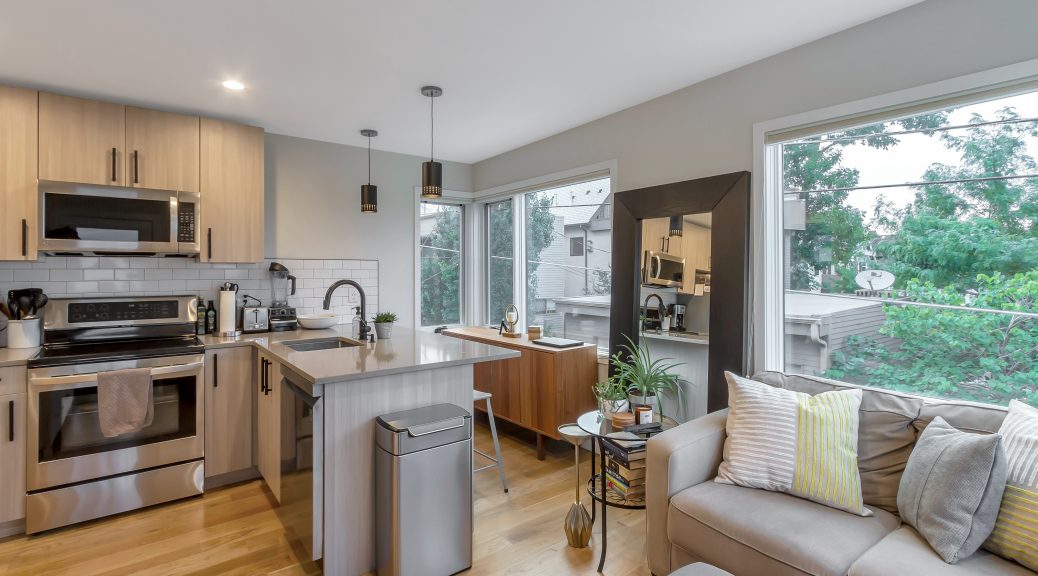
Fast Facts About ADUs
As Denver grows, density becomes more and more important. One way to add density is the addition of ADUs or accessory dwelling units. An ADU can take shape as a finished walk-out basement, a granny flat, or a carriage house. It is a place to live that shares a lot with a traditional home. Some people use these spaces for themselves, as a place for guests or an artist’s studio, while others rent it out as a stream of income. Though it is a simple concept, there are some important things to keep in mind.
Zoning and Permitting – Before you get too far down the road with your dreams of adding an ADU, it is critical that you confirm both the zoning and get the proper permits for your structure. Just because your property is zoned to allow an ADU, does not guarantee you will get the necessary permits to build.
Price – ADUs come in all shapes, sizes, and elevations. Your out-of-pocket cost can vary greatly if you are finishing an existing space or building a new structure.
Resale Value – Because this boom of ADUs is fairly recent, we don’t have great data on how it affects home value. Square footage in Denver is becoming more and more expensive, but some buyers would rather see a bigger yard or rather not share their lot with a renter.
The last few years have seen a lot of changes to ADU regulations in Denver. A few city council decisions have changed the zoning allowances for whole neighborhoods, allowing more people than ever to be allowed to build. Only time will tell if ADUs become a fixture of Denver architecture or peoples’ desire for outdoor space and privacy take priority. Adding an accessory dwelling unit can be a significant undertaking, make sure you make a plan before getting out your hammer.
